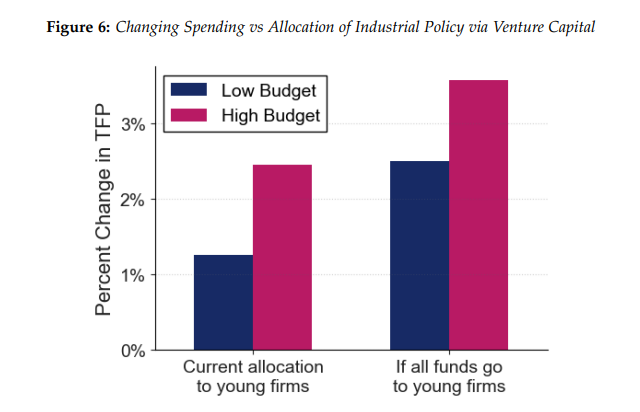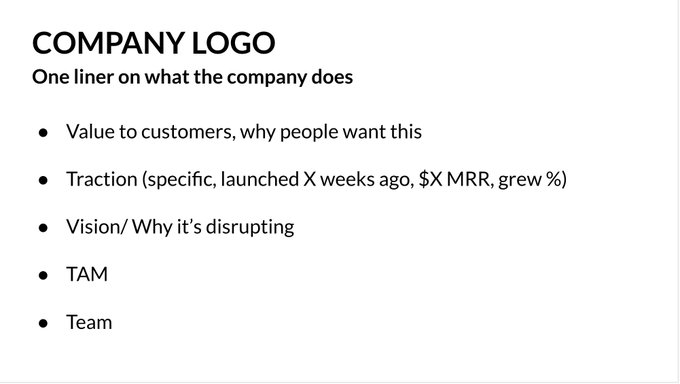There is no shortage of think-pieces on the state of venture, bemoaning concentration, slipping returns, and the challenging environment for smaller managers.
Few have tried to answer the underlying question:
The perspective that VC consolidation is poisonous for both innovation and returns is slowly but surely becoming mainstream.
Can’t wait for this to become a given so we can (finally!) move onto the much more interesting topic of “What comes next?”
Geri Kirilova, September 2024
First, the most concise formulation of the problem:
LP allocation to “VC” grew so quickly that there was no opportunity for the strategy to adapt and properly allocate the additional capital. Instead, it was captured by opportunists.
Thus, a majority of today’s “VC” activity is simple financialisation.
- Venture capital involves making long-term investments in innovative, high-growth companies, with the goal of capturing outlier returns at exit.
- “VC” is the process of using financial engineering to optimise fee income. Maximising proxy performance metrics by manifesting herd-like market momentum.
“VC” isn’t intrinsically bad: the agglomerators are responsible for pulling billions of dollars into technology investment, by developing a product suitable for the largest and wealthiest LPs with the lowest expectations.
However, there are three points the market needs to grapple with in order for venture capital to move forward:
1. Agglomerators have no business investing prior to Series C
The argument for their existence is that technological development often requires vast pools of growth capital, so why do they invest at seed?
The truth is rooted in financialisation: it’s easier to produce a mirage of proxy metrics if you can pick startups that fit the momentum narrative, and founders that will go along with it.
Another part of the reason is that these firms are doing very nicely from absorbing capital in the “VC” allocation bucket. Registered RIAs moving further away from early-stage investing might invite some unfavourable comparisons to their PE peers.
Indeed, exactly whose allocation are they displacing? Is it venture capital? Or is it the PE firms they maybe more closely resemble? Or is it the public markets they have drained of new growth opportunities?
We also know:
- The hypercapitalising behavior of these large firms systematically breaks young startups.
- They poorly built for early-stage investing, as large firm dynamics favour more obvious investments.
- A decade of deal activity shows these firms are actively concentrating into consensus anyway.
The early-stage activity of these firms achieves very little of any merit. They bend the market to their consensus narrative, suffocate genuine innovation, and turn startups into volatile commodities in their hunt for “market winners”.
2. The agglomerator model of “VC” is an experiment
For all that many of these firms are well-established names in the venture capital ecosystem, their strategy is not.
In describing this bifurcation of the venture market, back in 2020, Nikhil Basu Trivedi stated “the next decade will be a referendum on agglomerators“. Essentially, until we see how these multi-billion dollar funds play out, it’s unclear what future the strategy has.
Indeed, we can learn from history: after the dotcom bubble burst, the industry collectively swore off >$1B funds (for a while), with GPs reflecting on the challenges of scaling venture capital.
There are similar lessons from the history of “mega-buyout funds”, as described by Meghan Reynolds of Altimeter:
“Mega Fund dynamic in VC mirrors the meteoric rise of Mega Buyout funds in ’05-’08. Post GFC, Mega Buyout went out of favor w/ many LPs. What happened after was an emergence of strong, highly sought after <$2B “middle market” funds that were thought to have greater alpha.”
Meghan Reynolds, October 2022
3. Agglomerator practices have corrupted venture capital
Perhaps the most painful and pernicious aspect of all of this, is that the conflation of these multi-stage agglomerators with venture capital has led to a corruption of standards and practices.
Let’s be clear: venture capital has very little in the way of standards and practices. What there is, tends to be a mimmicry of “the loudest model“, which is the agglomerator playbook.
So, when they say things like “entry price doesn’t matter”, or “non-consensus investing is dangerous”, or “the only thing that matters is getting into the best deals”, they are talking their book. It reflects a strategy that simply does not apply to venture capital, where entry price does matter, all alpha is non-consensus, and nobody can predict the best deals.
The same is true for LPs, who derive much of their understanding of venture capital, and what “good” looks like, from these “loudest models”: When Marc Andreessen says “AI will save the world”, LPs demand that GPs have an AI thesis, even when a smart GP may be looking beyond that horizon, or at overlooked alpha elsewhere.
So, what comes next?
Hopefully, a number of things play out over the next five years:
- We see the limitations of the agglomerator model, and venture capital can reclaim the early stage, yielding more effective and diverse origination with saner pricing and less volatile outcomes.
- LPs slowly wise-up to this bifurcation of strategies, re-educate themselves about venture capital, make better allocation decisions and feel less inclined to impose upon GP strategy.
- Agglomerators (re-classified as “venture growth”) become a defined sub-category of LPs private book, like venture capital. Publications like Pitchbook and CA start disaggregating performance into this new bracket.
- Anyone who wants to play a fee-driven financialised game can go to venture growth, those who are driven by performance and impact can work in venture capital. Two different systems, each better understood and playing to their strengths.
- Increasingly, venture capital will be able to tap into venture growth for liquidity as their portfolio matures, accelerating liquidity and feedback cycles to produce compounding performance gains.
Slowly but surely, venture capital may return to being a better-performing and more positive-sum strategy, focused on finding outliers and the discipline of properly managed risk. Less herd behavior, and less cognitive dissonance.
(top image: Meindert Hobbema’s The Avenue at Middelharnis)











